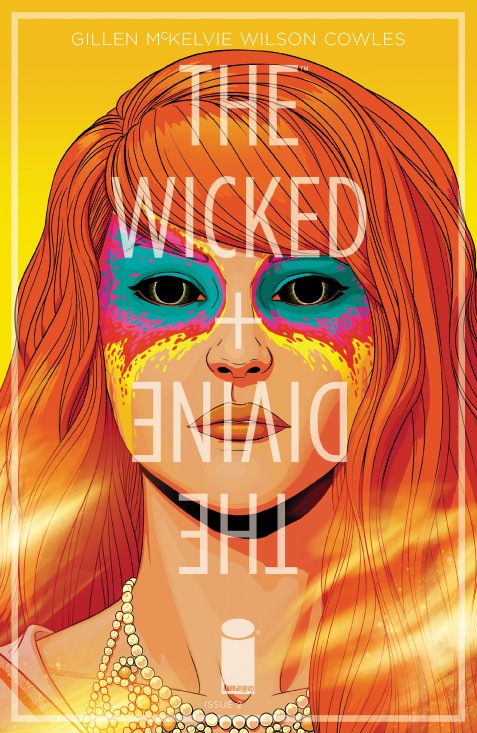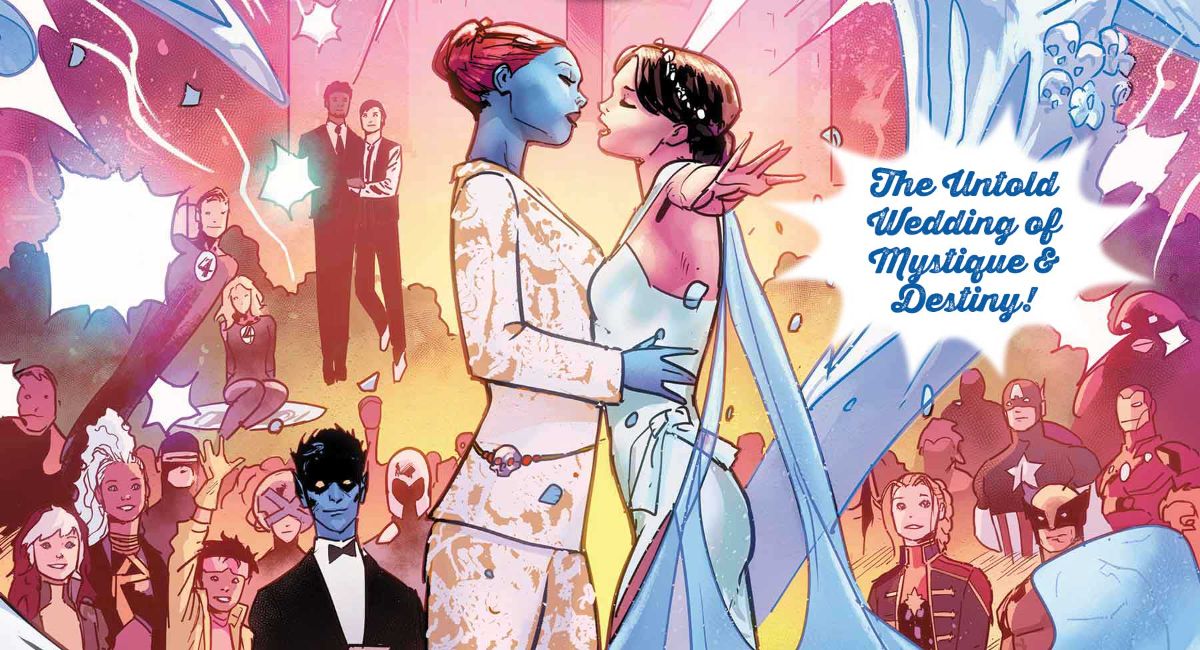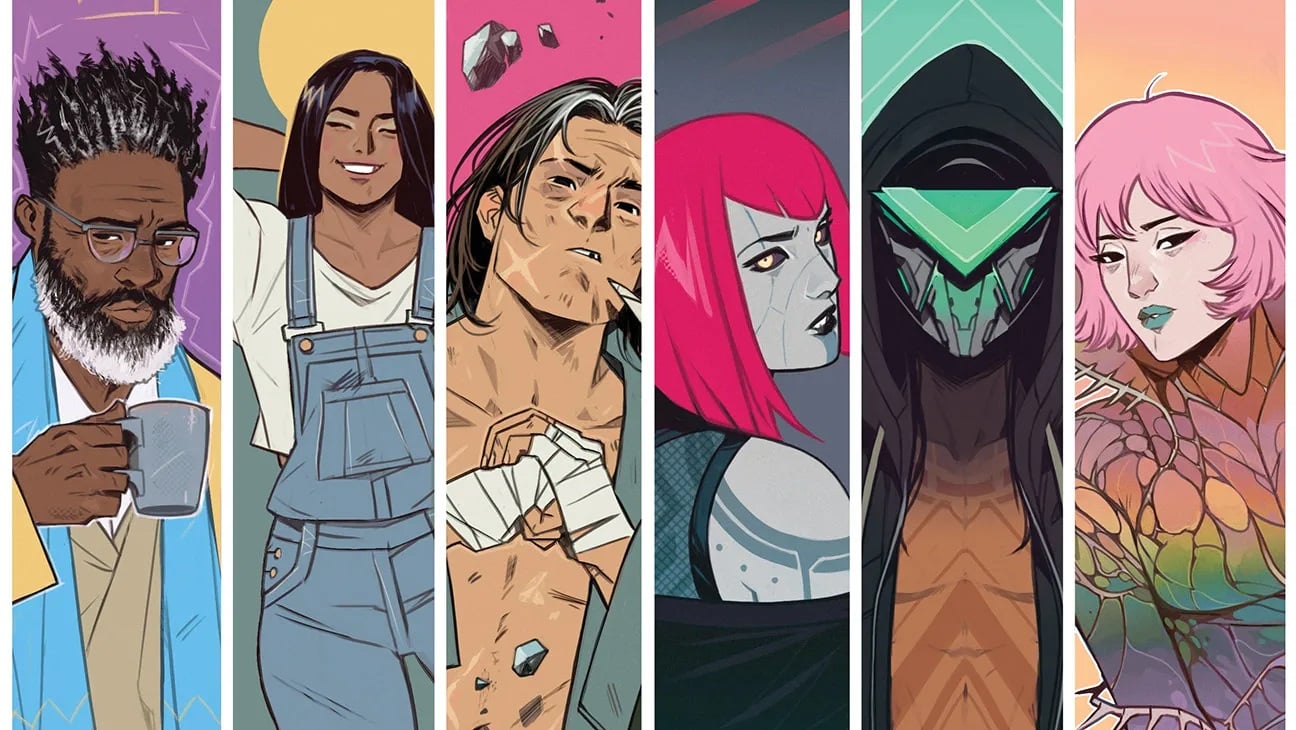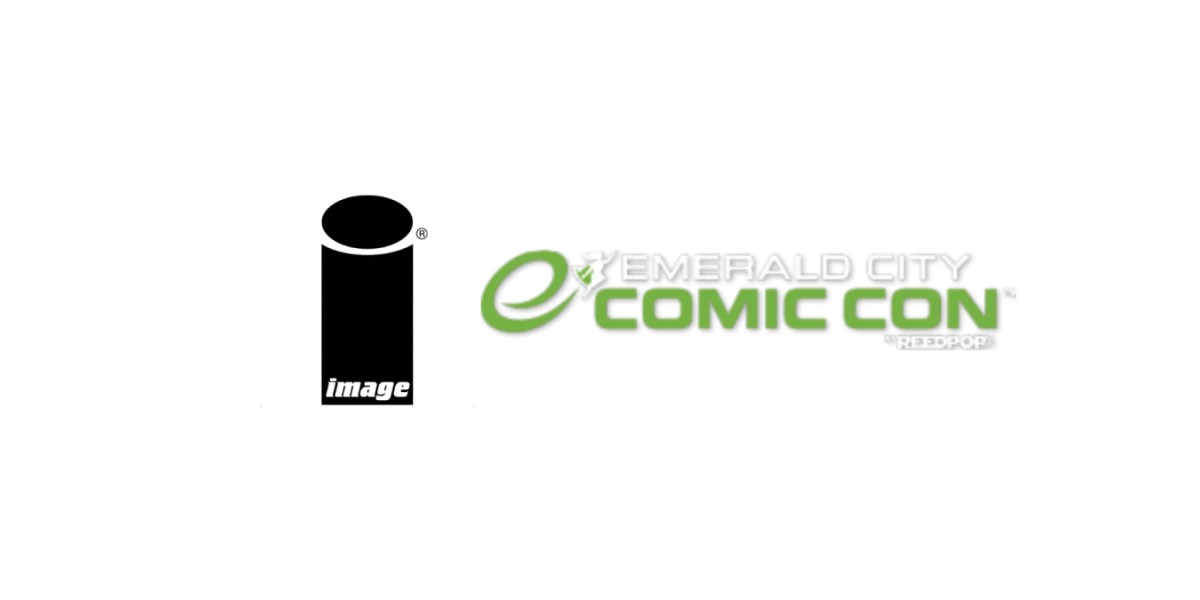After yesterday’s gloom parade over the economics of comics, and the small number of people who seem to be making a good wage from making them, writer Kieron Gillen delivered another set of metrics that was far more cheerful. He wrote it in response to a website’s concern trolling over sales of The Wicked + The Divine—a much loved series which Gillen writes and Image publishes—falling to the dangerous level of 22,519 copies, a level so low that the writer wondered if this was the end of the book…before admitting that it probably wasn’t.
As Gillen points out, numbers for a creator owned Image book are a lot different than for a Marvel or DC book, where such a number would be in the danger zone. Actually, that number would indicate that Gillen and his collaborator Jamie McKelvie could possibly buy me a beer at some point.
I’ll give you some really basic rule of thumbs for indie comic commentary:
Anything selling stably over 10k in single issues is a cause for celebration and joy. The creators are almost certainly extremely happy.
If you’re selling over (ooh) 12k, you’re probably making more than either of the big two would pay you, unless you’re one of the very biggest names.
If you’re selling anything near 20k, you probably have to buy drinks for your friends.
And in a real way, if Phonogram settled around 6k back in 2006, I suspect Jamie and I would have settled into doing it for another 40 or 50 issues.
There’s all manner of exceptions to the above, but if you look at the charts and bear that in mind, you’ll be closer to how the industry looks at those numbers.
None of the above includes digital sales.
As he goes on to enumerate, if you’re not including sales of TRADE PAPERBACK COLLECTIONS in the indie equation you are missing a huge income source:
None of the above include trades. You throw trades in, and you change everything entirely. A cursory look at hit indie comic numbers reveals that their trades sell much more than Marvel/DC main universe trades, with a few exceptions (There’s a reason why Matt and David’s Hawkeye was such a big thing, and it wasn’t its monthly sales). Let’s bold another sentence.
You cannot do an industry commentary column on indie books without including the impact of trades.
Jim Zub wrote a lot about all this a while ago, and updated it with numbers similar to Gillen’s. At the breakeven-ish point for an Image comics (let’s say ~5000 copes) the creative team gets 25% of the profits, which on a $3.99 would be about a buck, the ballpark I’ve often heard for Image books. it’s only that, a ballpark, but it does give you some idea. A book selling $10k a month is making money.
And how many Image books are selling that? Well, ICv2’s numbers just came out so let’s take a look!
| WALKING DEAD #141 (MR) | $2.99 | IMA | 68,931 |
| SAGA #28 (MR) | $2.99 | IMA | 55,239 |
| INJECTION #1 (MR) | $2.99 | IMA | 41,648 |
| WYTCHES #6 (MR) | $3.99 | IMA | 34,259 |
| DESCENDER #3 (MR) | $2.99 | IMA | 29,717 |
| MYTHIC #1 [*] | $1.99 | IMA | 29,361 |
| OUTCAST BY KIRKMAN & AZACETA #9 (MR) | $2.99 | IMA | 28,961 |
| CHRONONAUTS #3 (MR) | $3.50 | IMA | 26,605 |
| JUPITERS CIRCLE #2 (MR) | $3.50 | IMA | 24,499 |
| EAST OF WEST #19 | $3.50 | IMA | 22,482 |
| FADE OUT #6 (MR) | $3.50 | IMA | 20,678 |
| WICKED & DIVINE #10 (MR) | $3.50 | IMA | 20,562 |
| SONS OF THE DEVIL #1 (MR) [*] | $2.99 | IMA | 19,392 |
| BLACK SCIENCE #14 (MR) | $3.50 | IMA | 17,090 |
| KAPTARA #2 | $3.50 | IMA | 16,635 |
| SPAWN #252 (MR) | $2.99 | IMA | 15,904 |
| TREES #9 (MR) | $2.99 | IMA | 15,821 |
| RUNLOVEKILL #2 (MR) | $2.99 | IMA | 15,669 |
| SAVIOR #2 | $2.99 | IMA | 13,625 |
| INVINCIBLE #120 | $2.99 | IMA | 13,191 |
| MANTLE #1 (MR) | $3.99 | IMA | 13,076 |
| BIRTHRIGHT #7 | $2.99 | IMA | 12,561 |
| ODYC #5 (MR) | $3.99 | IMA | 12,557 |
| DEADLY CLASS #13 (MR) | $3.50 | IMA | 12,299 |
| MATERIAL #1 (MR) | $3.50 | IMA | 11,708 |
| NAILBITER #12 (MR) | $2.99 | IMA | 10,688 |
| VALHALLA MAD #1 | $3.50 | IMA | 9,952 |
Answer: 27. Okay now you know who can buy you a drink!
On a more serious note, most of the books in the above list sell for $2.99 or $3.50, so there is less to split between writer and artist, letters, colorists and designers have to be paid, etc etc. And also, the ICV2 estimates are just that…estimates, and consistently about 10% low, although there can be other discrepancies, so you shouldn’t take any of these numebrs as gospel, especially the trade sales—total sales are VERY different from the ICv2 numbers, which don’t take bookstores, some online sales, digital, library, book fair or many other numbers into account.
And were still not talking an insane amount of money. Let’s say a book sells 10,000 copies and makes $7500 for the creators. That’s $90,000 a year to be split among the team, so you need another income course for a vacation or retirement.
But still, you CAN make money making comics!!! I suppose I shouldn’t encourage people after yesterday’s dismal reality check; but I think my being in a band analogy stands. It’s better to have made comics or music than never to have tried at all. Most people in every creative endeavor are never going to reach the highest highs, and comics are no exception.
What is concerning is, as I’ve often pointed out, the comics bottom line is a lot lower than in other vocations. There was a pretty lively Twitter conversation yesterday about my piece and especially David Harper’s survey; I’m not sure I have the storify skills to capture it but it came down to people accepting low rates because they are so eager to get into comics and undercutting other creators.
And also, there’s a fairly narrow window in which to make decent money when you do get there. Scott Snyder may make more from Wytches than he does from Batman, but Image is only one publisher, and as hot as they are, they can’t publish everything. (Although we’ll see after this year’s Image Expo.) Image is the best game in town but it has finite resources. Marvel and DC offer good page rates—although Marvel lowered theirs for all but their top creators last year—but the competition is fierce, the politics are daunting and getting established takes a lot of hard work.
Nobody promised you fame and fortune when you got out of cartooning school, but you should have some path forward that doesn’t involve only three publishers or sleeping three hours a night.We need more options, more competition among publishers, and more safety for creators to make decisions that improve their page rates.
How?
More on that later but in the meantime, what do YOU think?








Most of the people doing those books have created their own brand (Kirkman, BKV,Brubaker/Phillips) or still work for the Big Two in order to beef up their own work (Remender, Gillen, etc)
The gloom-and-doom report also failed to note that quite a few of us get advances and royalties for our books, not just a meager page rate. Yeah sure, it takes awhile and some sustained success to reach that point, but plenty have. It’s a tough business. It always has been. Even Kirby said so.
“Let’s say a book sells 10,000 copies and makes $7500 for the creators. That’s $90,000 a year to be split among the team, so you need another income course for a vacation or retirement.”
Any book that can raise $90K in profits on floppy comic sales alone should be able to ALSO raise at least half that much in related merchandise designed around that property.
I see so few “mainstream” creator-owned creators taking advantage of the significant investment they’re making in building properties by providing their superfans additional opportunities to throw money at them on higher margin items (prints, t-shirts, artist editions, posters, plushies, etc.)
(There are, of course, some exceptions to this… Case in point, the CHEW guys teaming up with our friends at Skelton Crew — https://www.kickstarter.com/projects/49910827/tony-chu-mini-bust?ref=nav_search )
Successful webcomic creators never had that problem, and realized years ago that the comic itself is only one piece of the puzzle for building a successful career. Multiple streams of income and revenue sources are a must for most creators in 2015… gotta think beyond the page rate and the $3.50 floppy.
Can someone clarify the Image business model?
I thought the creative team paid Image upfront to print, distribute, and market the book (once Image agreed to accept the comic), and that any (all) revenue afterwards went to the creators?
WHOA! I still sell that much comic books? AWESOME!!!!
While some of the economic news that’s been discussed over the last day or so has been very illuminating to some, I don’t think there’s ever been a better time to be in comics from a creators perspective. Sure we all wish we could have been there back in the 90’s to be swimming in boat loads of cash, but right now the opportunities that creators have available to them to grow a strong and sustainable fan base is unlike anything we’ve seen in comics before. Between crowd funding sites such as KickStarter, Indie GoGo, and Patreon coupled with the digital platform reach of something like Comixology, the chances for comic creators to have their work seen and more importantly purchased, is greater than ever before.
The information that Kieron Gillen and David Harper gave out just shows that creators can’t be blind to the business side of making comics anymore. A career in comics is ABSOLUTELY achievable. But you can’t just rely on talent, drive and love of the medium anymore. Those characteristics are key but coupled with a better understanding of the business side and a little bit of an entrepreneurial spirit, creators can market their work better than ever before. With freelance jobs offering lower and as we have seen in some cases, unliveable rates, today’s market allows for the creators to trust in the only employer they can fully put their financial faith in, themselves.
It won’t be easy. And it won’t happen over night, but it can be done.
I’ve thought for some time now that we’ve (unfortunately) got what we’ve always wanted: Comics are now seen as a fine art. And fine arts don’t have customers. We have patrons.
“I see so few “mainstream” creator-owned creators taking advantage of the significant investment they’re making in building properties by providing their superfans additional opportunities to throw money at them on higher margin items (prints, t-shirts, artist editions, posters, plushies, etc.) ”
I don’t do (much) of that because I don’t have the time or some of the relevent skills, two things that intertwine. Putting out comics is mindboggling time consuming, and I don’t actually have enough left over to research companies to make stuff, let alone try to fulfill orders.
“Can someone clarify the Image business model?
I thought the creative team paid Image upfront to print, distribute, and market the book (once Image agreed to accept the comic), and that any (all) revenue afterwards went to the creators?”
You don’t pay Image upfront.
You get 100% of revenue on singles after printing and Image fees. If you price your book at 3.50 you make, roughly, one dollar in profit after printing and Diamond’s cut. After that the Image fee comes out of it – this is set fee that doesn’t vary.
There is a threshold you need to hit to make any money, but I’m not sure what the number IS. It’s actually less than the five thousand mention, assuming a 3.50 book. The reason I don’t know it exactly is because printing costs change.
Image does take a (fairly small) percentage of digital, trade and, if they arrange them, foreign rights sales. They get nothing of any other media, merch, etc unless they were involved in making the deal to make those happen.
Comments are closed.